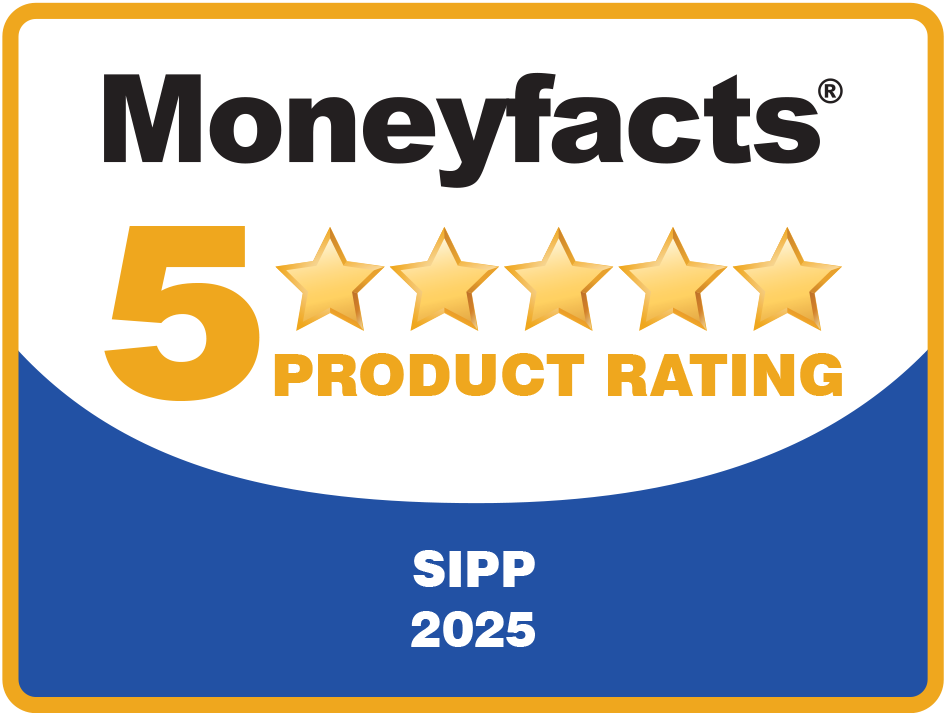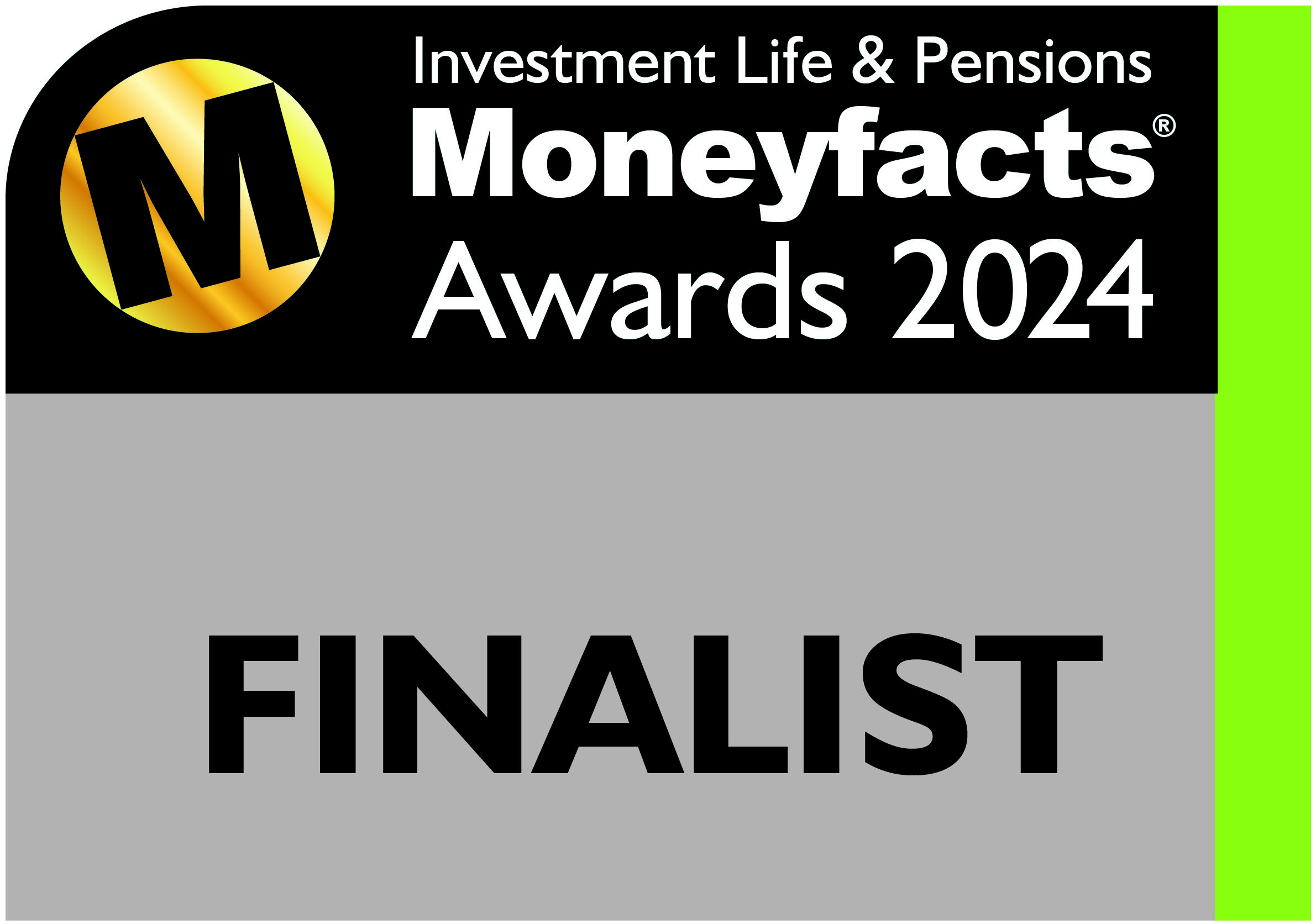6 practical solutions to your clients’ property and SIPP needs
Commercial property continues to be a strong area of interest for IPM clients. In fact, we have seen an almost 20% increase in the number of new SIPPs purchasing a property year-on-year so far (April 2022).
You’ve previously read about:
- Some of the more typical property types we are asked to consider for clients
- Some of the more unusual types
- Scenarios whereby a SIPP can assist clients and their business
While, in a lot of instances, the property will represent a large majority of the assets of a SIPP, there are occasions where this may not be the case.
It may be that a client has a larger pension pot, the property makes up a smaller proportion of the SIPP’s assets or a client may be a member of a group SIPP where their SIPP owns a percentage of the property as opposed to the whole. There are also other property-related factors to take into consideration.
Below, you can read about some of the common scenarios we see where a property sits inside a SIPP. Hopefully you’ll find these a useful resource when discussing these issues with your clients.
1. Property with borrowing
There are times when the full SIPP value is not enough to purchase a property a client would like within their SIPP. In this case, clients could look to borrow money to assist with the purchase.
HMRC rules permit maximum borrowing of up to 50% of the “net scheme assets” within a SIPP. Read more about the borrowing rules and the options available to clients.
Once the borrowing has been drawn down, the SIPP must make repayments in accordance with the terms of the loan like any other mortgage. IPM will use the rental income received by the property to make the regular repayments. Any residual monies left over can be used elsewhere, such as for investment or paying income to a client.
It’s important to ensure that the cash flow works for any property purchase. However, it is particularly vital to ensure that the SIPP is able to keep up with the loan repayments where borrowing is involved. Consideration should be given to how the SIPP would cope should there be any void period in the property.
2. VAT-registered properties
On occasion, we are asked to purchase properties that are VAT-registered.
IPM can accommodate this as a whole, either through one SIPP or several. However, we will not part-purchase a VAT-registered property due to issues around limiting the SIPP’s liability with the VAT office.
In most instances where a property is VAT-registered, the SIPP must be able to fund the additional 20% on top of the purchase price.
For example, if a property is being purchased for £200,000, there must be at least a further £40,000 in the trustee bank account to complete the purchase. While this can be funded by borrowing, it is important to remember that the total borrowing for the SIPP cannot exceed 50% of the SIPP’s value.
VAT will also need to be charged on the rent going forward.
For VAT-registered properties, IPM will need to register the SIPP for VAT with the VAT office and then complete quarterly VAT returns.
As well as enabling the VAT that is collected to be passed to the VAT office, in most instances we will also be able to reclaim the 20% paid when the property is purchased on the first quarter date after completion.
3. Property and “another” investment
Even where an initial purchase will take up the majority of liquidity within a SIPP, rental income can build in the trustee bank account quickly.
So, we are used to seeing an investment solution sit alongside the property within the SIPP.
Subject to IPM’s usual position, there is no restriction as to what the other investment can be. Often this is the platform which an adviser might normally use. Alternatively, this could be:
- A trustee investment bond
- A discretionary fund manager
- An alternative cash solution to the trustee bank account.
As well as investing any initial lump sum left over after the property purchase, where possible we can also arrange for regular payments to be made to the other investment upon receipt of the rental income.
And, as we don’t charge additional fees for holding more than one investment within the SIPP, any other investment solution can sit in the SIPP alongside the property at no additional fee, either initially or on an ongoing basis.
4. Taking income
You have previously read case studies as to how SIPPs and commercial properties can help clients and their businesses.
For the right clients in the right circumstances there are many advantages to using a SIPP in this way. However, sometimes it can be easy to forget that the primary aim of a SIPP is to provide retirement benefits to a client. To pay benefits, it is important that liquidity within the SIPP is considered.
This is particularly the case when looking to pay the 25% pension commencement lump sum (PCLS). It is not as easy to sell a proportion of a property as it is to dis-invest from an investment portfolio, for example.
However, where the PCLS has been paid and a client is looking for regular income, the rental payments being paid for the property into the SIPP can prove to be a useful way of funding this.
Often, we see properties with leases granted for three to five years (or longer) at rates of 5%, 6%, 7% or more.
With returns from other asset classes proving volatile, a property with a good tenant could prove to be a valuable source of regular income for the SIPP to be able to make drawdown payments to a client.
5. Group SIPPs
Group property purchase scenarios are something we see on a regular basis. Whether this is spouses, business partners, co-directors or family members, groups will already have something in common before deciding to go down a group property purchase route.
IPM will set up an individual SIPP for each of the clients involved, arrange for any monies through transfers or contributions to be paid into these SIPPs, then create a group arrangement which sits above these individual SIPPs.
Each SIPP then pays their share towards the purchase into the group arrangement. The property is held in the group SIPP arrangement and any rental income is then filtered down into the individual SIPPs on the same proportionate split as the purchase was made.
What this will usually mean is that each of the individual SIPPs will have more liquidity available for other investments, as we discussed above.
6. More than one property in a SIPP
While we appreciate this will not be an option for lots of clients, we do have several SIPPs that hold more than one property.
While IPM charges a fee for purchasing a property, we do not charge additional annual fees for holding property within a SIPP regardless of whether the number of properties is one or several.
Where a property is already held within a SIPP, using the value of the existing property towards the 50% “net scheme assets” test can assist with ensuring that any borrowing taken out for further purchases fits within HMRC’s rules for borrowing within SIPPs.
Holding more than one property can also help mitigate risks with liquidity and diversification within the SIPP.
From a liquidity point of view, if a client wishes to raise money in order to make other investments or pay out the PCLS, this can be done by selling a smaller property rather than a larger one.
In respect of diversification, while the SIPP will be heavily invested in commercial property, the risk of a tenant going bust is not as great if a client has multiple properties and tenants, rather than one larger property with one tenant providing all the rental income.
Get in touch
As property and SIPP specialists, we can help you and your clients with any queries or requirements you have. If you have any clients for whom SIPP advice would be beneficial, please get in touch. Email info@ipm-pensions.co.uk or call 01438 747151.



